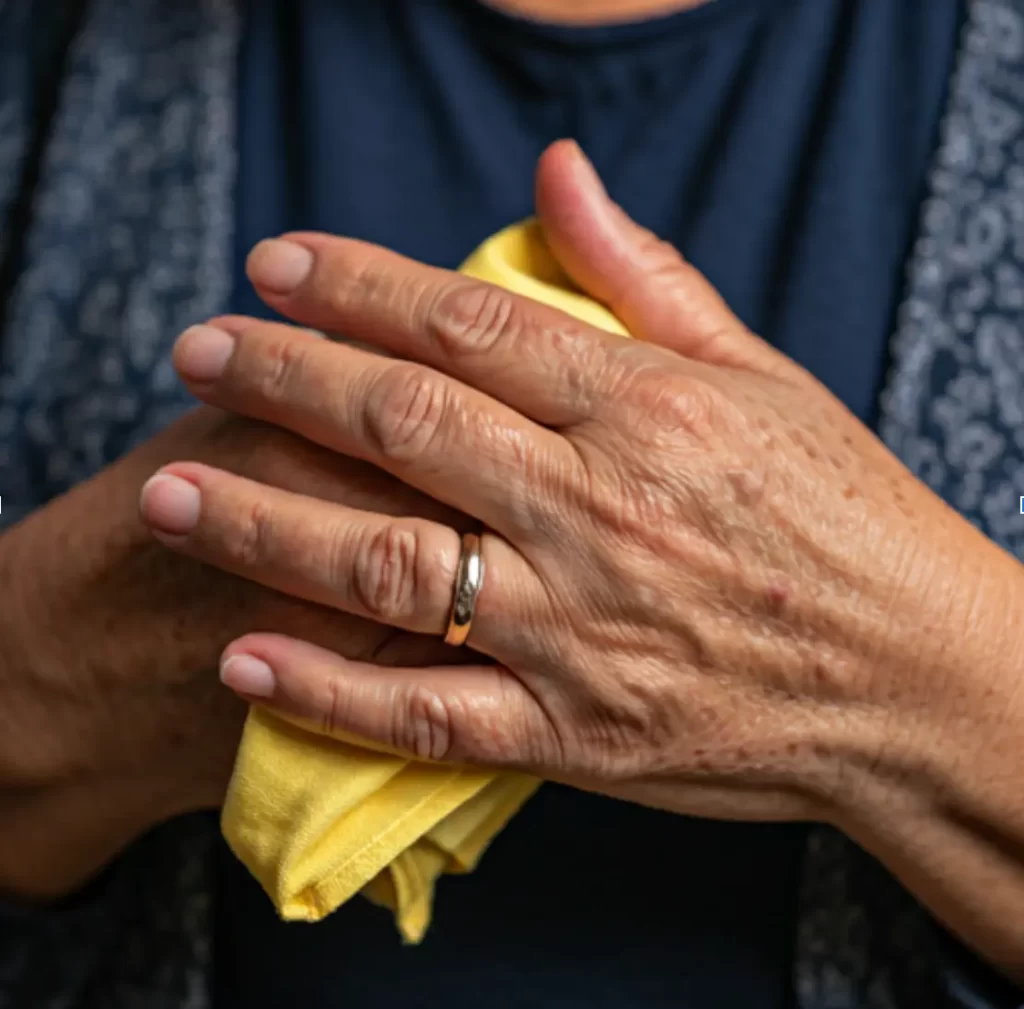Rosa’s Story – Type 2 Diabetes (Mexico)
Our Patient:
Patient: Rosa, 58 years old
Location: Guadalajara, Mexico
Diabetes Type: Type 2 Diabetes
Background:
Rosa, a 58-year-old grandmother from Guadalajara, had always been known for her delicious cooking. She took pride in preparing traditional Mexican dishes like pozole, tamales, and churros for her family. Over the years, Rosa noticed that she had gained weight, but she didn’t think much of it. After all, she was getting older and leading a more sedentary lifestyle as she spent time with her grandchildren.
At one of her routine check-ups, her doctor expressed concern about her rising blood sugar levels, her increased weight, and high blood pressure. He suggested that she might be at risk for type 2 diabetes, but Rosa didn’t feel any different, so she didn’t take it too seriously at first. She thought that type 2 diabetes was only something that happened to others.
Presentation of Symptoms:
Over time, Rosa began noticing some changes. She was often thirsty and needed to drink water constantly. She found herself waking up at night to use the bathroom frequently, and her feet and hands sometimes felt numb. She chalked it up to aging but also felt tired most of the time, even after a full night’s sleep. Rosa was also gaining weight around her midsection, something she couldn’t seem to control despite her attempts to eat a little healthier.
At her next doctor’s visit, her A1c levels were tested, and the result showed a reading of 7.9%, confirming that she had type 2 diabetes. Rosa was shocked, but the signs had been there all along.
Key Symptoms:
- Increased thirst (polydipsia)
- Frequent urination (polyuria)
- Fatigue and lack of energy
- Numbness and tingling in her extremities
- Weight gain, particularly around the abdomen
Diagnosis & Treatment:
Rosa’s doctor explained that type 2 diabetes develops when the body becomes resistant to insulin or doesn’t produce enough insulin to keep blood sugar levels normal. Given her symptoms, weight, and family history of diabetes (her mother had developed the condition later in life), the diagnosis wasn’t unexpected. However, it was a difficult reality for Rosa to accept. She knew she would have to make significant changes to her lifestyle, something she hadn’t anticipated.
– Treatment Plan:
- Oral medications (metformin) to help control blood sugar
- Regular blood sugar monitoring
- A strict diet focusing on reducing carbohydrate and sugar intake
- Increased physical activity, such as walking daily
- Weight loss plan with a target of losing 10-15% of her body weight
At first, Rosa struggled with these changes. Many of the foods she loved, such as tortillas, rice, and sweets, were now restricted. Her doctor encouraged her to eat more vegetables, lean proteins, and whole grains. He also referred her to a nutritionist who helped her come up with meal plans that fit her tastes while keeping her blood sugar in check.
Complications:
Rosa was at risk for several complications related to type 2 diabetes, including heart disease, kidney problems, and nerve damage. She already had early signs of diabetic neuropathy, as indicated by the numbness in her feet and hands. Additionally, her high blood pressure posed an increased risk of cardiovascular disease.
In the first year after her diagnosis, Rosa struggled to fully adhere to her treatment plan. Her blood sugar levels remained high, and she had difficulty losing weight. This led to worsening of her neuropathy, causing pain and more frequent numbness in her feet.
Her doctor reminded her that uncontrolled diabetes could lead to even more serious complications, like diabetic retinopathy (affecting her vision), and kidney damage. These warnings, combined with seeing a friend develop severe complications from diabetes, motivated Rosa to take her condition more seriously.
Complications Faced:
– Neuropathy (numbness in hands and feet)
– High blood pressure, increasing risk of heart disease
– Elevated risk of kidney disease and retinopathy
Cultural and Family Support:
Changing her diet was particularly hard for Rosa, who was deeply connected to her culinary traditions. Mexican cuisine is rich in carbohydrates, and Rosa found it difficult to reduce her intake of tortillas, rice, and sugary beverages like aguas frescas.
However, with the support of her family, Rosa began making healthier versions of her favorite meals. For example, she started using nopal (cactus) tortillas instead of traditional corn tortillas, which are lower in carbs. She also learned to make healthier alternatives to traditional dishes like mole and enchiladas, substituting heavy creams and cheeses with lighter ingredients.
Her family was initially resistant, but after they saw how committed Rosa was to her health, they began to support her efforts. Her grandchildren even joined her on her daily walks, which became a fun family activity.
Life Today:
Two years after her diagnosis, Rosa has lost 12% of her body weight and her A1c levels have dropped to 6.5%. She’s more active than ever, walking for 45 minutes every day and doing light strength training. Although she still battles with occasional high blood sugar levels, she has better control over her condition.
Rosa has become a role model in her local community, where type 2 diabetes is common. She shares her story at community health fairs and with friends and neighbors, encouraging them to get tested early and to take diabetes seriously before complications arise. She now feels empowered by her journey and is committed to maintaining her health, not only for herself but for her family, so she can be there for them in the years to come.



